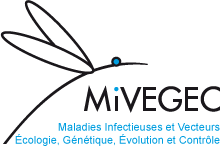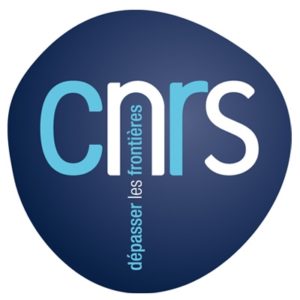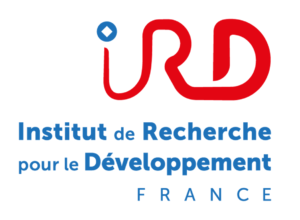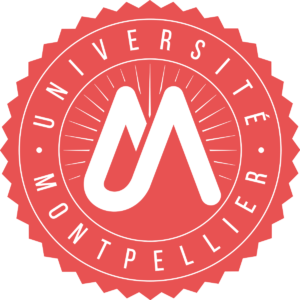Les recherches menées par notre équipe portent principalement sur les processus écologiques et évolutifs qui sous-tendent les interactions hôte-microbe au sein des communautés, en utilisant les tiques, leurs hôtes vertébrés et leurs microbes comme modèles biologiques principaux. En utilisant différents systèmes biologiques et en combinant différents niveaux de complexité biologique, nous abordons un ensemble de questions centrales :
– Quels sont les moteurs de l’évolution qui agissent sur les interactions hôte-microbe, y compris le continuum entre les interactions hôte-parasite et hôte-mutualiste ?
– La coopération/compétition entre les microbes détermine-t-elle la structure des communautés microbiennes intra-hôte ?
– Ces contraintes impliquent-elles des interactions génétiques x génétiques et/ou des interactions génétiques x génétiques x environnement ?
– Comment l’adaptation au niveau de l’hôte pour un parasite ou un vecteur impacte la communauté microbienne ?
– Comment ces interactions changent-elles avec l’état de l’environnement externe (stresse, ressources, température, …) ?
The research carried out by our team team primarily focuses on the ecological and evolutionary processes that underlie host-microbe interactions in communities using ticks, vertebrate hosts and associated microbes as main biological models. By using different biological systems and combining various levels of biological complexity, we address a set of central questions:
- What are the evolutionary driving forces that influence host-microbe interactions, including the continuum between host-parasite and host-mutualist interactions?
- Does cooperation/competition between microbes determine the structure of intra-host microbial communities?
- Do these constraints involve genetic x genetic interactions and/or genetic x genetic x environment interactions?
- How does host-level adaptation of a parasite or vector impact the microbial community?
- How do external environmental stresses (resources, temperature, etc.) alter these interactions ?
Tous les principaux genres de tiques molles et dures (d’intérêt médical/vétérinaire ou associés à la faune sauvages), ainsi que leurs cortèges de microorganismes (pathogènes et non-pathogènes : Coxiella, Francisella, Rickettsia, Midichloria, Anaplasma, Ehrlichia, Babesia, Hepatozoon…).
o Duron O, Koual R, Musset L, Buysse M, Lambert Y, Jaulhac B, Blanchet D, Drak Alsibai K, Lazrek Y, Epelboin L, Deshuillers P, Michaud C & Douine M (2022) A case of novel chronic anaplasmosis in splenectomized patient in Amazon rainforest. Emerging Infectious Diseases, 28: 1673–1676.
o Buysse M & Duron O (2021) Evidence that microbes identified as tick-borne pathogens are nutritional endosymbionts. Cell, 184: 2259-2260.
o Buysse M, Floriano AM, Gottlieb Y, Nardi T, Comandatore F, Olivieri E, Giannetto A, Palomar AM, Makepeace B, Bazzocchi C, Cafiso A, Sassera D & Duron O (2021) A dual endosymbiosis supports nutritional adaptation to hematophagy in the invasive tick Hyalomma marginatum. eLife, 10: e72747.
o Duron O & Gottlieb Y (2020) Convergence of nutritional symbioses in obligate blood feeders. Trends in Parasitology, 36: 816-825.
o Rataud, A., M. Dupraz, C. Toty, T. Blanchon, M. Vittecoq, R. Choquet, K.D. McCoy (2019) Evaluating functional dispersal and its eco-epidemiological implications in a nest ectoparasite (Version V3.0). Reviewed and recommended by Peer Community In Ecology.
o Duron O, Morel O, Noël V, Buysse M, Binetruy F, et al. (2018) Tick-bacteria mutualism depends on B vitamin synthesis pathways. Current Biology, 28: 1896-1902.
o Buysse M, Duron O (2018) Multi-locus phylogenetics of the Midichloria endosymbionts reveals variable specificity of association with ticks. Parasitology, 145: 1969-1978.
o Kada S, KD McCoy & T Boulinier (2017) Impact of life stage-dependent dispersal on the colonization dynamics of host patches by ticks and tick-borne infectious agents. Parasites and Vectors. 10 (1), 375.
o Dupraz, M., C. Toty, E. Devillers, T. Blanchon, E. Elguero, M. Vittecoq, S. Moutailler, K.D. McCoy. (2017) Population structure of the soft tick Ornithodoros maritimus and its associated infectious agents at the within colony scale. International Journal for Parasitology: Parasites & Wildlife. 6(2): 122–130.
o Duron O, Cremaschi J & McCoy K (2016) The high diversity and global distribution of the intracellular bacterium Rickettsiella in the polar seabird tick Ixodes uriae. Microbial Ecology, 71: 761-770.
- Évolution
- Écologie
- Symbiose
- Adaptation
- Interactions



